Houseplants enhance indoor spaces with their aesthetics, adding color, fragrance, and appeal to the home. However, they often attract pests, such as fungus gnats, which are considered both annoying and nasty. These pests feed on plants and can transmit various microbes. To combat this issue, using hydrogen peroxide can be an effective solution for eliminating gnats in houseplants.
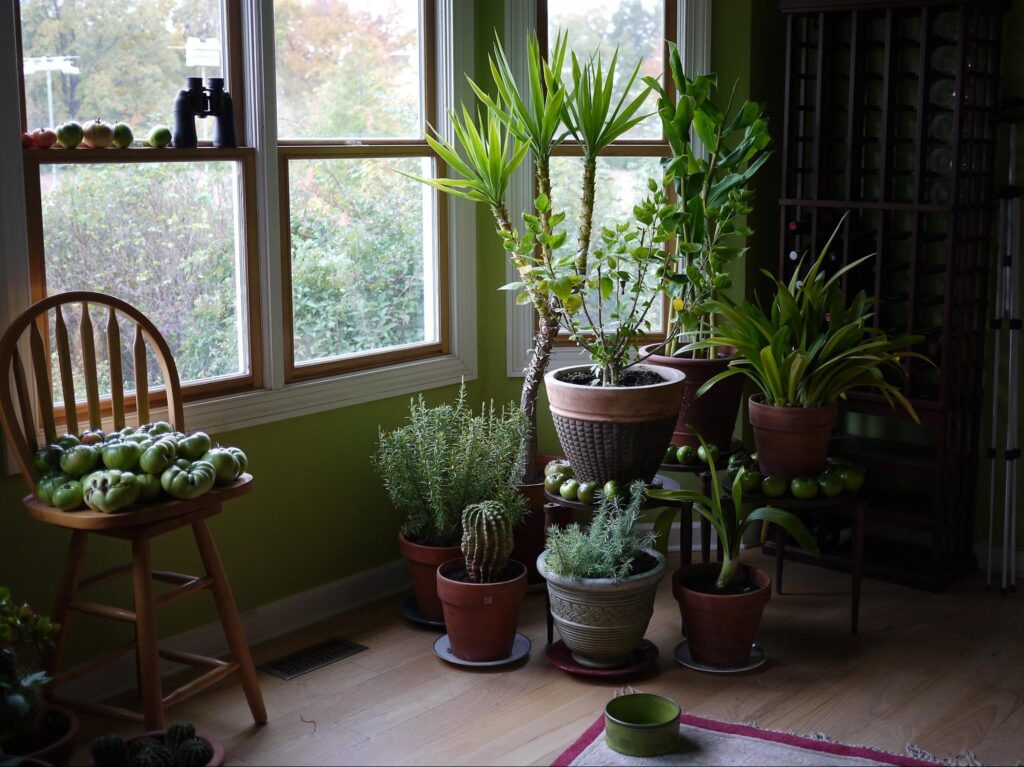
What are Fungus Gnats?
Fungus gnats are the common pests of indoor plants that feed off the plant roots. And deprive the plants of nutrients and cause wilting. Fungus gnats or soil gnats are dark-colored insects attracted to light, houseplants, nursery seedlings, and greenhouse plants.
Fungus gnats belong to the order Diptera and nearly occur near damp, decaying, and nutrient-rich media. The adult gnats eat less. But, their larvae feast on algae, root hairs, organic nutrients, leaf mold, and fungi. The adult fungus gnats do not cause any harm to humans, but their occurrence in large numbers causes a nuisance.
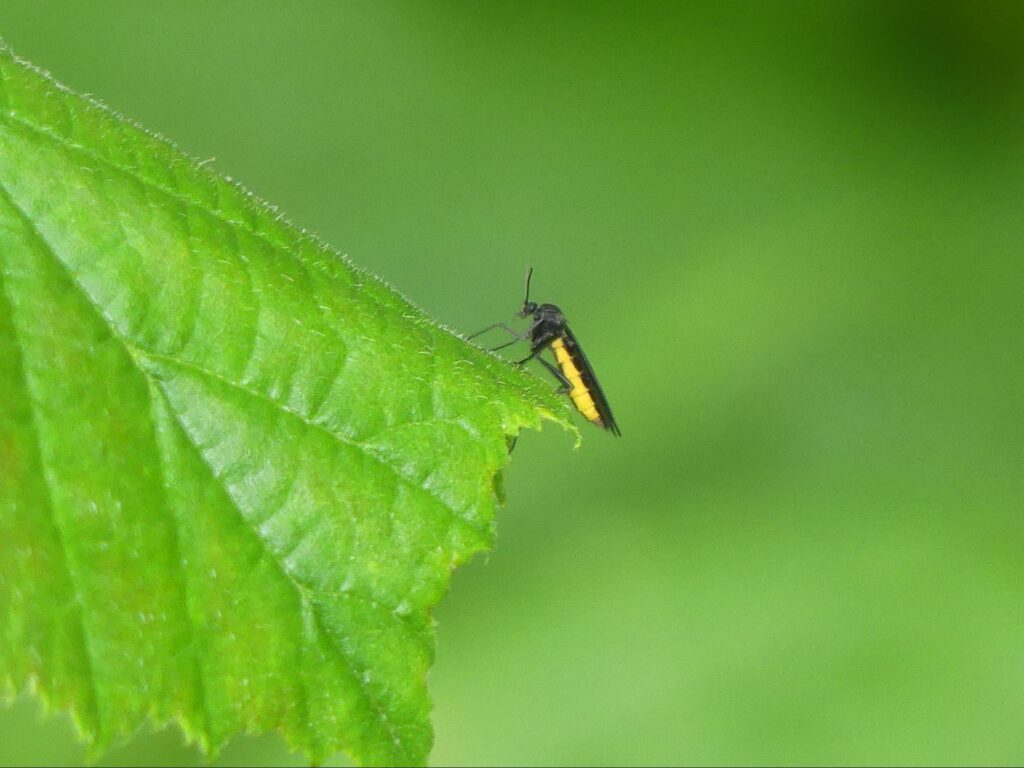
In houseplants, the fungus gnat infestation is characterized by stunted growth, loss of strength, and death due to heavy populations of larvae.
What Are the Symptoms of Fungus Gnat Damage?
One of the most common symptoms of their infestation is defoliation —depriving plants of their leaves prematurely. And other symptoms include wilting, yellowing of leaves, poor growth, and loss of vigor. In case of heavy infestations, plants become weak and die.
The signs of fungus gnats include small brown scars on roots and the absence of root hairs. The adult fungus gnat does not cause damage to houseplants but their presence is more unpleasant. While the gnat larvae, when present in large numbers, cause severe damage to plants. As they heavily feed on plant roots and stunt plant growth.
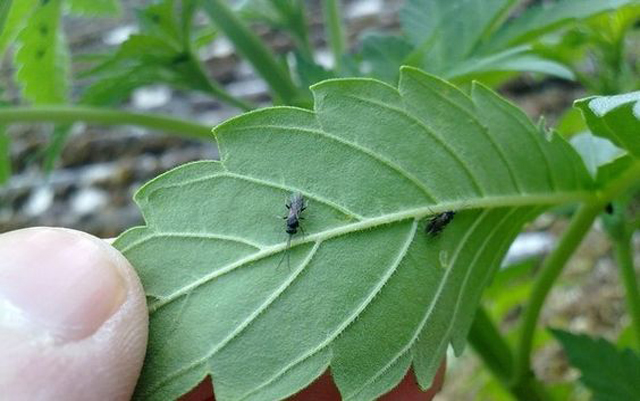
Even under optimum conditions (higher moisture content in soil), the higher populations of gnat larvae cause houseplant’s death. They also significantly cause deadly fungal infections, such as black root rot, Pythium blight, Verticillium wilt, Botrytis blight, and Fusarium wilt.
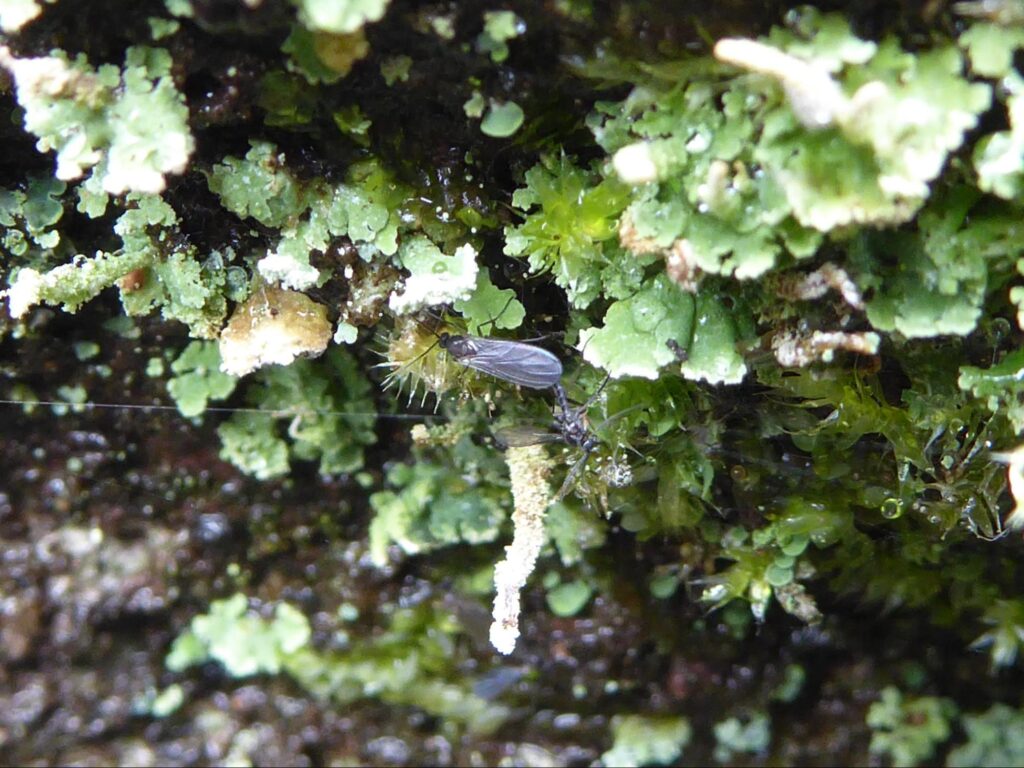
How to Identify Fungus Gnats?
Adult fungus gnats are easily identifiable due to their long legs. They are delicate-looking insects with a mosquito-like appearance. Not only this, but these adult insects also get confused with other flies such as black flies, March flies, shore flies, and moth flies. Adult soil gnats are dark-colored with long antennae and one pair of transparent, Y-shaped wings.
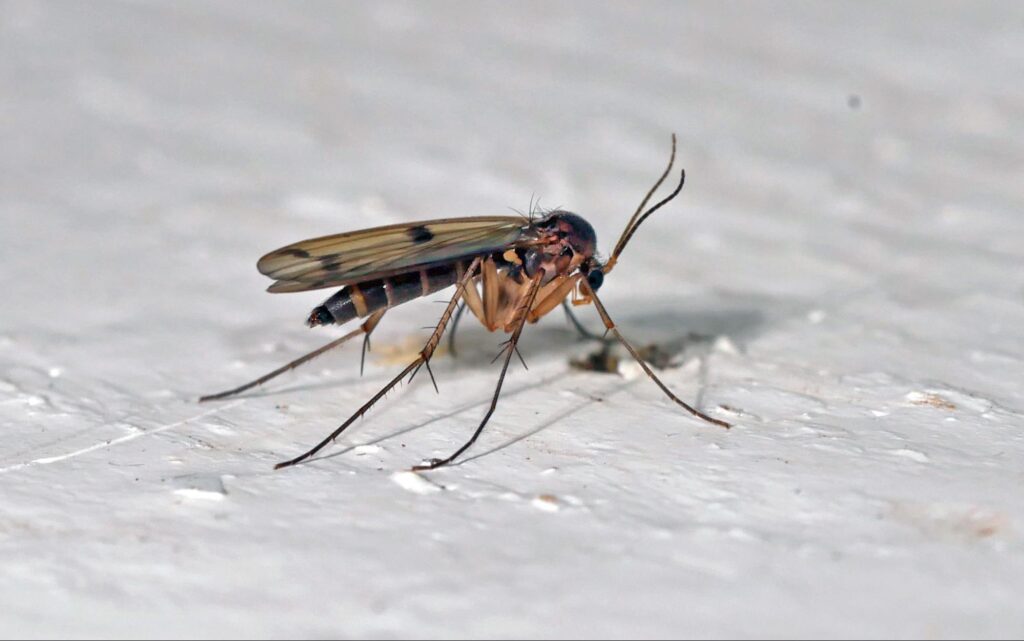
They are 2-5 millimeters long and gray to black. The adults appear weak fliers and mostly remain near potted plants and windows (near light).
Females lay eggs near nutrient-rich and moist soil. And these tiny eggs are barely visible to the naked eye and oval in shape with white color. At the same time, the larvae have shiny black heads 1/4 inch long with an elongated thread-like appearance. Fungus gnat larvae feed on organic mulch, compost, leaf mold, root hairs, and fungi.
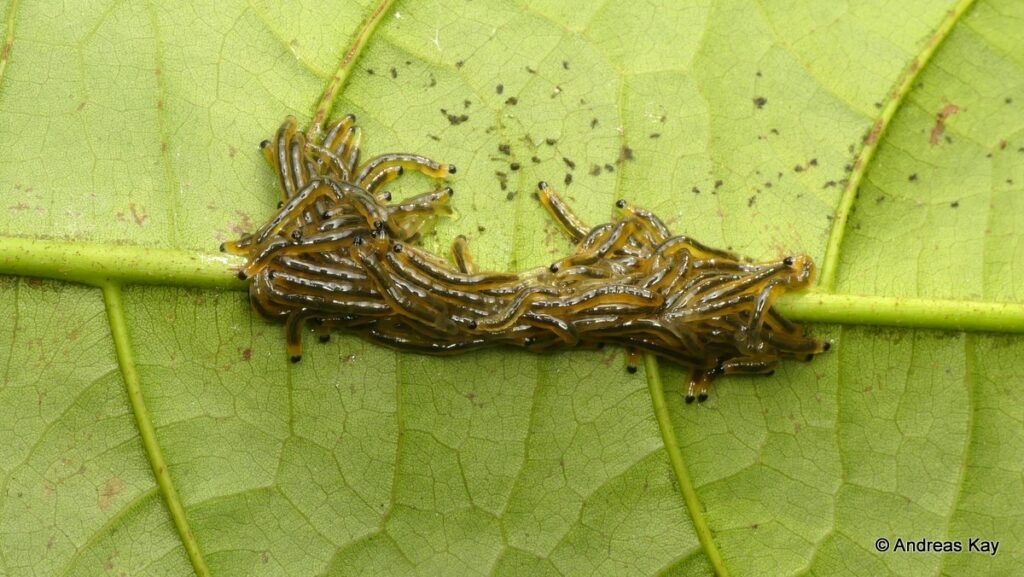
Fungus gnat larvae feed on fungi voraciously. A link to their interaction is below:
Fungus gnat larvae feeding on fungi
Lifecycle of Fungus Gnats
The lifecycle of these long-legged insects comprises four stages: egg, larva, pupa, and adult. First, female gnats lay two to three hundred eggs clustered in damp soils—their eggs hatch within three to six days. Then, the larva undergoes four instar stages and pupate near the soil surface.

After five days, the adult insects emerge from pupae. Adults have a short life span. They can develop from egg to adult in three to four weeks. In houseplants, fungus gnats have overlapping generations. They have eggs, larva, pupae, and adults simultaneously.
Fungus gnats are most commonly present outdoors during winter and early spring when water is abundantly present, and temperatures are more relaxed. Under such conditions, the fungus gnat will produce many generations per year. On the other hand, the indoor spaces are more filled in moist and coastal regions at any time of the year.
Fungus gnats complete their life cycle (from egg to adult fungus gnats) in about 17 days when the temperature is around 75ºF. Therefore, the warmer the season is, the faster fungus gnats generations will be per year.
Damage Caused by Fungus Gnats in Houseplants
An adult fungus gnat infestation in plants is not harmful; however, their presence is a complete nuisance. On the other hand, fungus gnat larvae damage the roots of potted plants and stunt their growth. Under high populations of larvae, they are responsible for plant death.
Fungus gnat larvae reduce plant vigor in young seedlings and houseplants, fungus gnat larvae reduce plant vigor, and tuns leave yellow and brown. Fungus gnat larvae are associated with moist conditions and organic-rich soil.
Therefore, if a houseplant is wilting, it is not due to poor water drainage and lack of nutrients; it is actually due to the feeding of fungus gnat larvae. They are also responsible for the wilting of houseplants due to damaged root systems.
How Do I Get Rid of Fungus Gnats in My Houseplants?
The indoor presence of fungus gnats is associated with moist conditions around houseplants. Fungus gnats larvae feed on plant roots and deprive them of nutrients and water.
Note: Fungus gnats larvae are more damaging to indoor and outdoor plants.
Various cultural, chemical, and natural approaches are used to kill fungus gnat larvae and adults on houseplants, such as monitoring and scouting, pesticide application, hydrogen peroxide solution, biological control, sticky traps, etc.
Monitoring for Adult Flies
Adult fungus gnats resemble fruit flies and cause little to no harm to plants. So careful monitoring for adults is enough to determine whether the problem exists or not. And the adults are most present on or near indoor potted plants, soil, windows, and flying near light.
Regularly inspect the potted plants for excessive moisture and organic matter because these are where larvae live and feed.
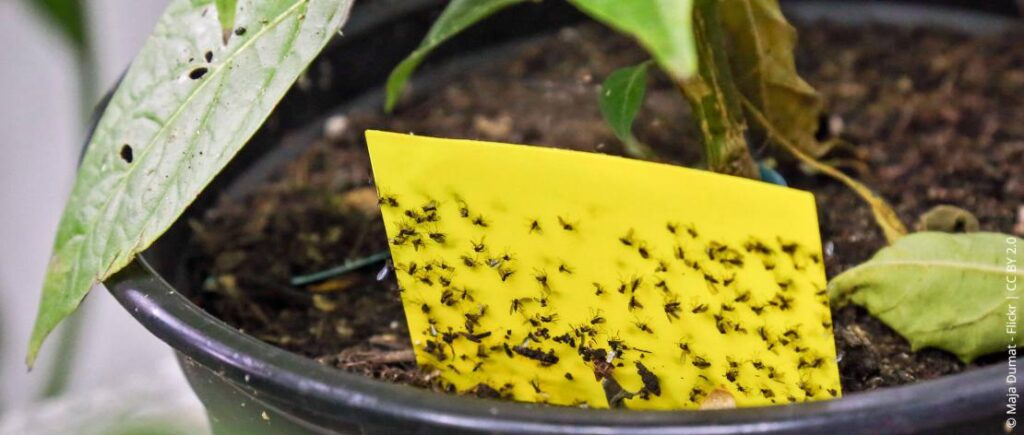
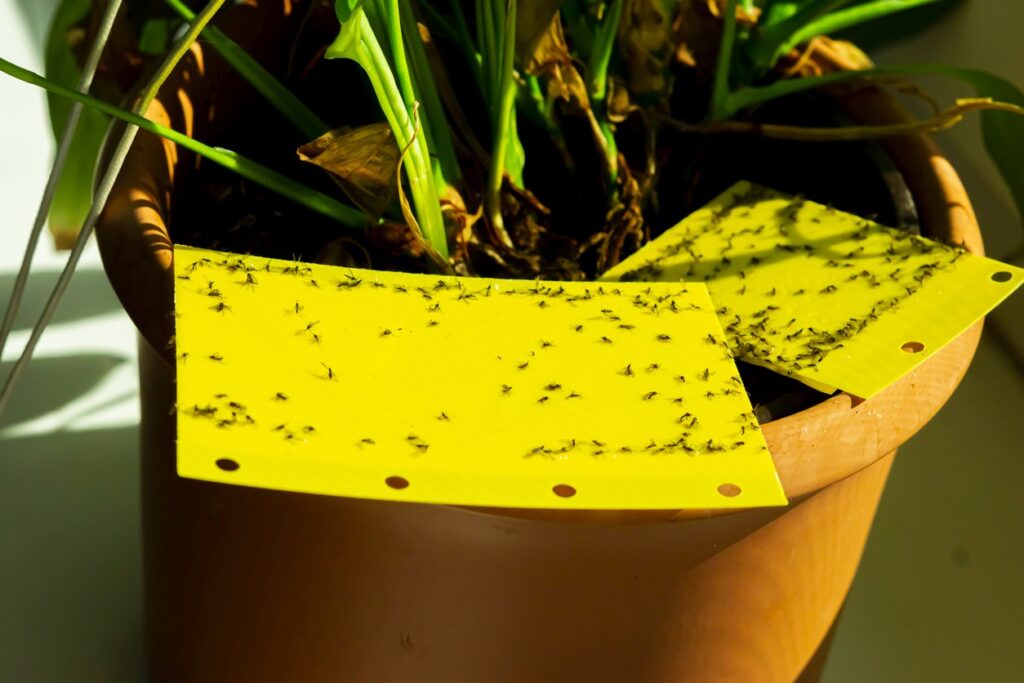
These yellow sticky traps captured the adults and also indicated the presence of young larvae and eggs. To monitor larvae, use chunks of raw potato slices and place them on the potting soil surface.
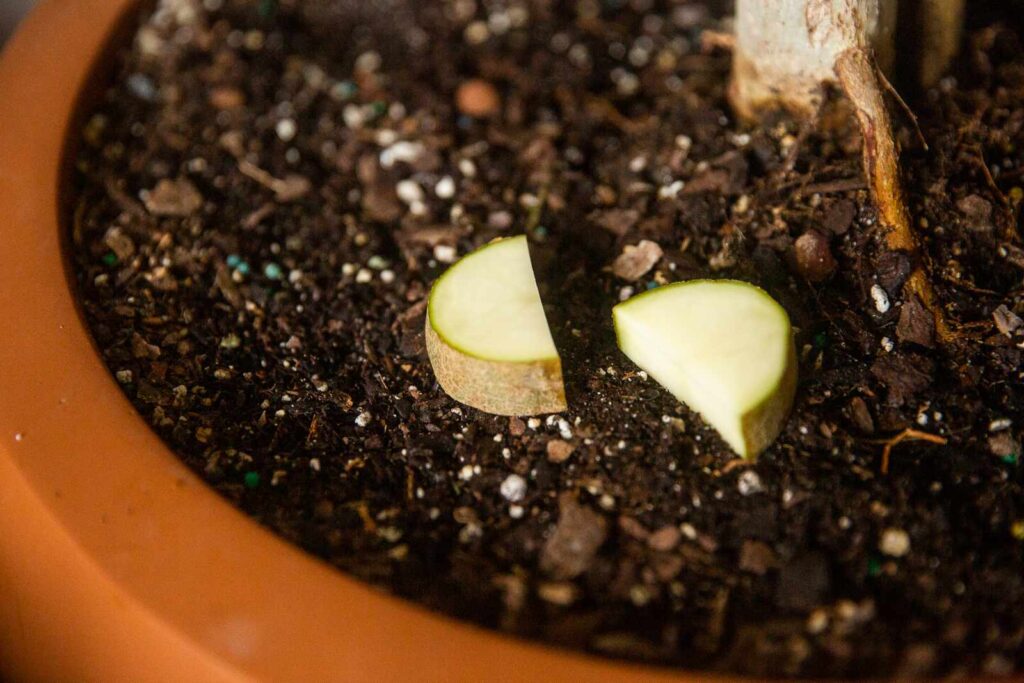
Benefits of Sticky Traps
These sticky traps effectively control the large numbers of adult fungus gnats and prevent plant loss. To manage fungus gnat larvae, use raw potato chunks that attract the fungus larvae and prevent root hair loss.
The other way to manage or eradicate the infestations of houseplant gnats are as follows:
RELATED: Fungus Gnats: What Are the Best Management Practices for Them on Houseplants?
Preventions to Control Fungus Gnats
These cautionary measures will prevent fungus gnats at the initial stages. And it includes:
- Always carefully inspect plants while purchasing for fungus gnat signs and symptoms
- Avoid overwatering. It favors the larvae growth, and their extensive feeding on root hairs will ultimately kill the plants.
- Always use sterile soil to avoid the introduction of gnats
- Permanently remove or clean the dead plant leaves and debris from around the pots
- Avoid plant injuries to prevent the larvae infestations
Biological Control of Fungus Gnats
The natural enemy of fungus gnats can also be used as biological control agents to control their infestations, such as predatory mite (Hypoaspis) and Bacillus thuringienesis subspecies israelensis (Bti).
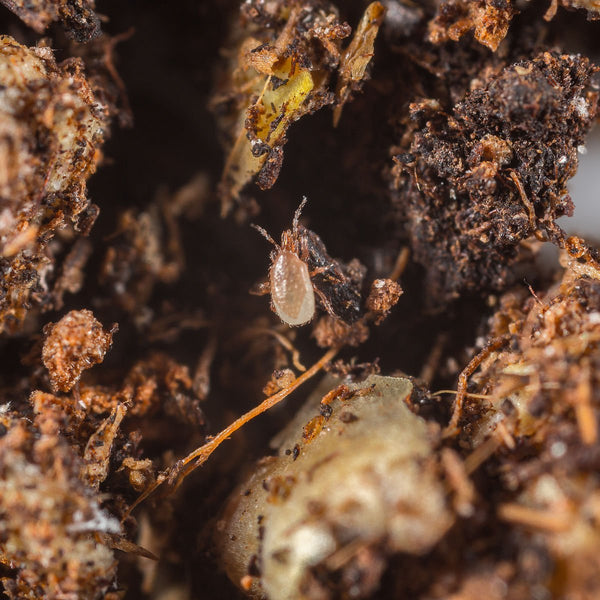
Mix Bacillus thuringienesis subspecies israelensis (Bti) with water along with nematode and apply as a spray-on media or soil to control fungus gnat larvae. The predatory mites and hunter flies manage fungus gnats indoors and outdoors. These enemies eat adults during mid‐air flights and larvae in the soil.
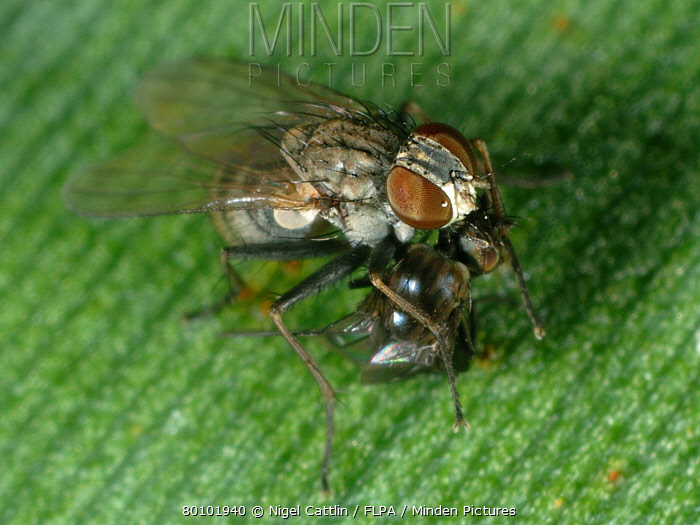
The application of these biological control agents effectively manages the fungus gnats. However, Bti requires repeated applications on houseplants because it does not reproduce quickly. Nematode and Hypoaspis predatory mites need immediate applications because both are perishable products.
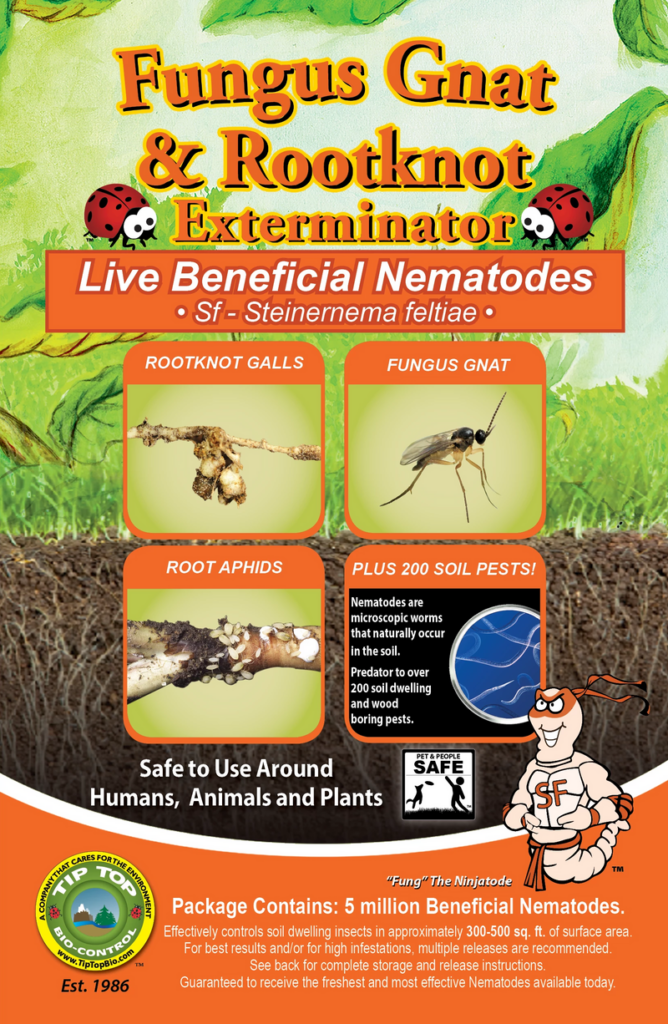
Note: Nematode provides more long-term fungus gnats control over other biological agents. Once the Steinernema feltiae (beneficial agent) is applied in outdoor and indoor plants, it effectively controls the fungus gnat larvae. Because they are self-reproducing and few applications are enough to establish high populations. The accurate temperature conditions for this nematode are 60° to 90°F.
Note: The predatory Hypoaspis mite prefers to eat on the upper layer of moist soil. They feast on fungus gnat larvae, pupae, thrips pupae, and springtails.
Another effective way to manage fungus gnats is using apple cider vinegar. Apply as a spray in vinegar and water dilutions to repel adults. Or keep the dilution jar near houseplant pots to attract them into jars.
Chemical Control of Fungus Gnats
The application of insecticides is only valuable for outdoor environments over large areas. At the same time, indoor spaces may get contaminated with harsh chemicals. Therefore, only beneficial nematode and Bti products control fungus gnats larvae. However, only pyrethrins can be used to the foliage with mild dilutions for rapid action.
Note: Do not apply insecticides indoors when the insect is in flight.
Fungus Gnats in Houseplants Hydrogen Peroxide
Hydrogen peroxide solution for the effective management of fungus gnat larvae.
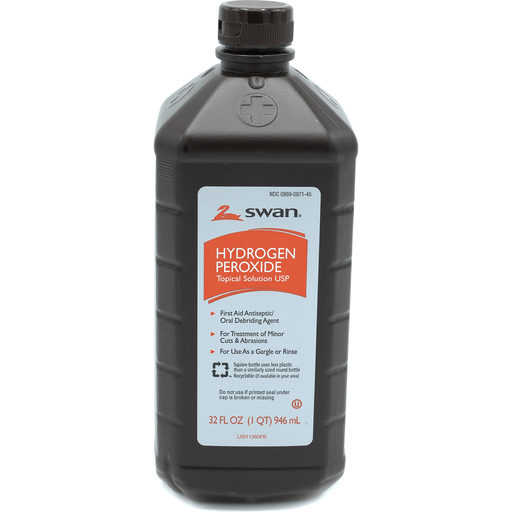
Mix one part of the 3% hydrogen peroxide with four pieces of water. Spray this mixture to the top layer of the potting soil as your normal watering process. The hydrogen peroxide solution will kill the fungus gnat larvae when in contact with them.
The second approach to control fungus gnats with hydrogen peroxide solution is to spray the mixture on plants when the adults are noticed.
Cinnamon Application to Destroy Fungus Gnat Larvae
Sprinkle cinnamon powder on potting soil until a thick layer is made and covers all soil media’s surface. Although then among powder has fungicidal properties, it will destroy the fungi, thus eliminating the food of gnat larvae.
Flying Insect Killer
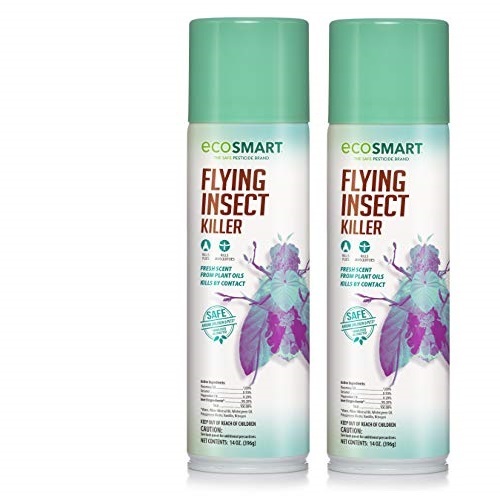
This mixture is a combination of sesame, peppermint, and cinnamon oil. It efficiently controls the adult fungus gnats flying around windows, lights, and houseplants.
Moisture Control to Prevent the Fungus Gnat Infestations
Fungus gnats love moisture and need it for breeding. Therefore, avoid overwatering to battle the fungus gnats and only water the plants when the upper top inches of the soil layer are dried.
Moreover, to avoid standing water conditions in houseplant pots, maintain a sound drainage system or use plant pots with drainage holes.
Use Neem Oil Spray
Neem oil spray is an organic approach to control fungus gnats. It is derived from neem trees and functions as a natural insecticide.
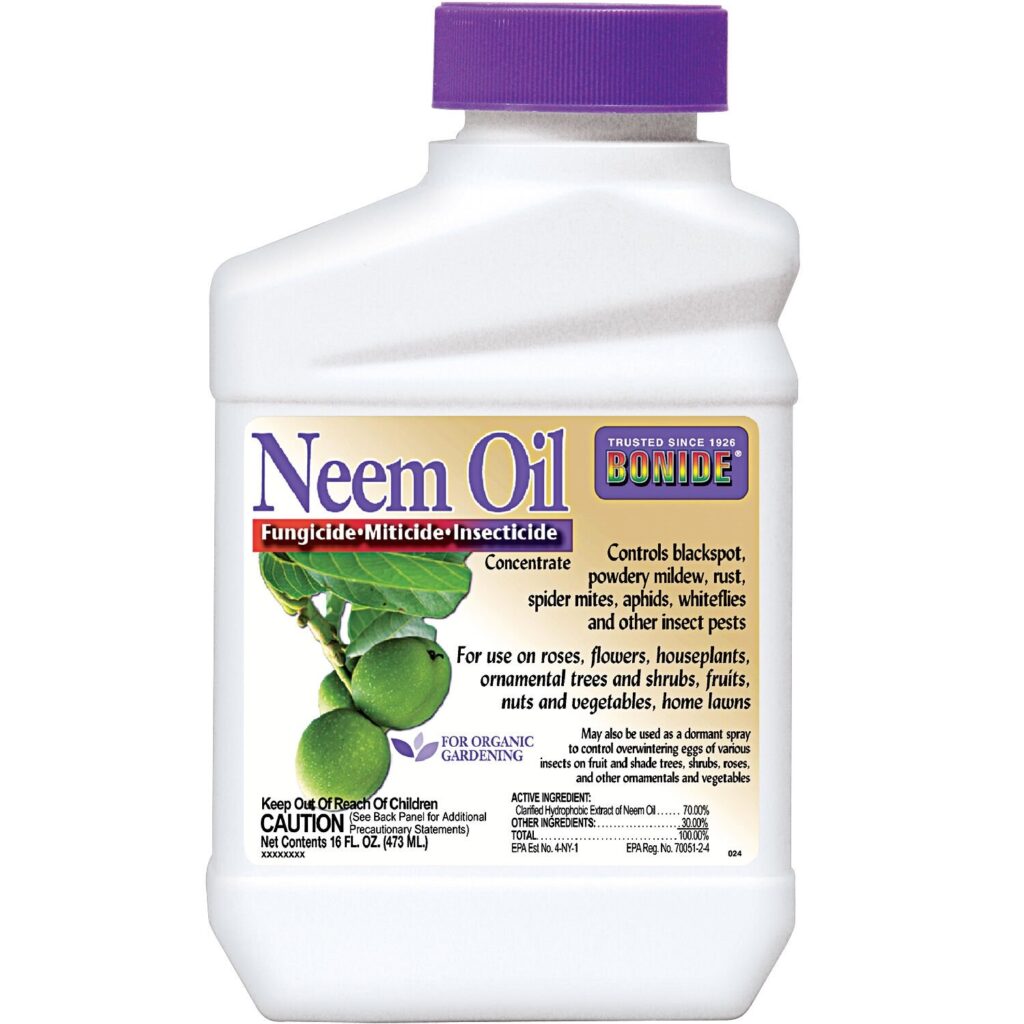
Neem oil is available as a concentrate which needs to be diluted before applications. Apply neem oil dilutions on foliage to repel fungus gnats. And soak 3 cm of soil with neem oil spray to kill the larvae of fungus gnats and eggs. Unlike other sprays, neem oil will not harm the beneficial insects (biocontrol agents).
Regularly inspect plants against fungus gnat infestations, and when noticed, apply neem oil spray to control them fully.
Create a Soil Barrier to Interfere With Egg Laying Process
Always mix the potting soil with horticultural sand or small pebbles to discourage the female egg-laying at plant roots. The top layer of potting soil with small stones will make it difficult for females to lay eggs in the soil.
Frequently Asked Questions
Why Does My Potting Soil Have Gnats?
The reason for fungus gnat infestations in potting soil is uncleanliness and the presence of moisture. In addition, because they attract dead organic matter and debris, this dead plant debris is also a source of hiding for larvae. To discourage fungus gnats infestations, avoid overwatering of houseplants and allow the soil to dry before each watering.
What Home Remedy Kills Gnats in Houseplants?
Many home remedies are effective against fungus gnats. One is the use of apple cider vinegar. Mix one cup of apple cider vinegar with four cups of water. Apply this spray on infested houseplants and also thoroughly spray-on potting soil. This mixture will repel the adults.
The second-best home remedy is:
Use one tablespoon of sugar in a bowl. Add two to three drops of dish soap and a cup of white vinegar in the same bowl. Mix it well and cover the bowl with a wrap (having small holes). Place this bowl near the houseplant to catch adult flies.
How Often Can I Water Plants with Hydrogen Peroxide?
The hydrogen peroxide solution should be applied once per week. Always use hydrogen peroxide in dilution form. The 3% hydrogen peroxide dilution with water gives the best result in managing fungus gnat larvae, adults, pupae, and eggs. However, the mode of application can be soil drenching and foliar applications.
How Does Dawn Dish Soap Get Rid of Gnats?
The dawn dish soap causes the drowning of fungus gnats. The sugar-white vinegar in a solution attracts the gnats while the dish soap in the mixture traps and drowns them. The adults are also attracted to rotten fruits. Place a slice of rotten fruit in a bowl and cover it with perforated wrap. The flies, drawn to the smell of fruit, enter the bowl and get stuck into it.
What is the Ratio of Hydrogen Peroxide to Water for Plants?
When applied to the potting soil as a drench, Hydrogen peroxide releases more oxygen into the soil, promoting more root growth. To avoid the excess or toxicity of hydrogen peroxide, always dilute it first. For example, for one part of 3 percent hydrogen peroxide, add two parts of water in a spray bottle.
Can You Mix Hydrogen Peroxide and Epsom Salt for Plants?
The mixture of Epsom salt, hydrogen peroxide, and water can be sprayed on garden plants and indoors. It will destroy pest larvae and prevent root rots. Always use equal parts of Epsom salt and hydrogen peroxide.
How Do You Treat Soil With Hydrogen Peroxide?
Hydrogen peroxide solution can be used for soil drench and foliar applications. To eradicate fungus gnats, mix one part of hydrogen peroxide with two parts of water. Spray this mixture daily on foliage, stem, and the upper layer of potting soil. Once the infestation is gone, apply this spray once per week.
Hydrogen peroxide also works as a fungicide. To disinfect soil thoroughly, place soil in a container and add 3 percent hydrogen peroxide mixture in it, and place for overnight. Allow the soil to drench in it. This treatment will kill fungi, fungus gnat eggs, and springtail larvae.
Will Hydrogen Peroxide Sterilize Potting Soil?
Hydrogen peroxide will thoroughly disinfect the soil from all kinds of pathogens and insect pests. The best way to sterilize soil is by drenching it with hydrogen peroxide. Then, mix the soil with hydrogen peroxide dilution and soak overnight. Once the soil is dry, it is thoroughly disinfected and used for garden planting beds and house plants.
Is Hydrogen Peroxide Harmful to Plants?
It depends upon the hydrogen peroxide potencies and application dilutions. The excess applications cause severe damage to plants; otherwise, it is not harmful. The most commonly used hydrogen peroxide is a three percent solution, and at this concentration, it is safe to use as fungus gnat repellent. The hydrogen peroxide solution also controls other insect pests of houseplants.
Note: The excess applications of hydrogen peroxide solution will burn the plants. Only apply once per week to deter the fungus gnats, adults and larvae.
How Do You Protect Plants From Root Rot with Hydrogen Peroxide?
To protect plants from root rot, mix one part of hydrogen peroxide solution with two parts of water and put it in a spray bottle. Thoroughly apply this mixture on foliage and potting soil and allow it to reach plant roots and kill fungal spores and hyphae. Once the plant has gained a healthy status, do not overwater until the soil has dried completely.
Why is My Indoor Plant Dying?
Following are the reasons that your houseplant is dying and try to avoid these practices to keep your indoor plants healthy and lush green:
You are overwatering your houseplants. And the presence of excessive moisture is attracting the larvae of insect pests such as fungus gnat larvae.
The presence of excess moisture also attracts fungus and provides the optimum conditions to feed on plant roots. However, Overwatering does not give a chance to plant roots to absorb nutrients from the soil. It leads to the yellowing of leaves, mold, bacterial infections, and attack of other houseplant bugs.
You are excessively overfeeding the plant with fertilizers. Do not over-fertilize the plant, only apply nutrients in the first growing season and follow the specific instructions for each plant.
Your indoor plant is dying because you are underwatering it. The water shortage causes drying of plant roots and ultimately wilting.
How Do I Get Rid of Gnats in My Plants with Dish Soap?
Dish soap is used to repel adult gnat flies. It can also be used as a trap (mix dish soap with apple cider vinegar and sweet sugar) to catch fungus gnats. However, fungus gnat larvae are not a successful agent to kill them.
Sources for Further Reading
- Fungus Gnats Management Guidelines–UC IPM. (2021, August 13). University of California Agriculture & Natural Resource. Retrieved February 1, 2022, from http://ipm.ucanr.edu/PMG/PESTNOTES/pn7448.html
- Dampier, J. (2021, September 2). Fungus Gnats on Houseplants. Wisconsin Horticulture. Retrieved February 1, 2022, from https://hort.extension.wisc.edu/articles/fungus-gnats-on-houseplants/
- Fungus Gnats. (n.d.). Plant & Pest Diagnostics. Retrieved February 1, 2022, from https://www.canr.msu.edu/resources/fungus-gnats
Keep your plants healthy, read our tips Realize Common Fungal Infections on Succulents and How to Treat Them







